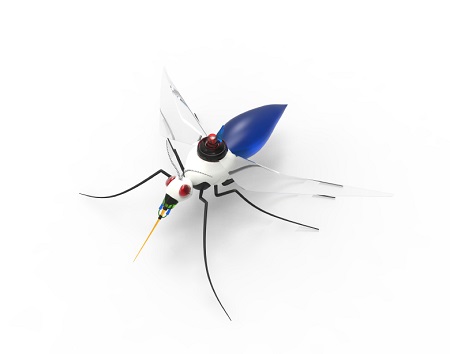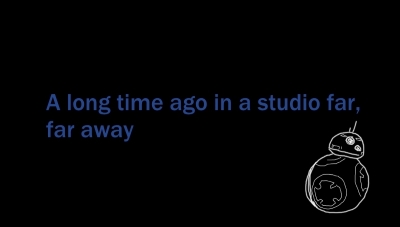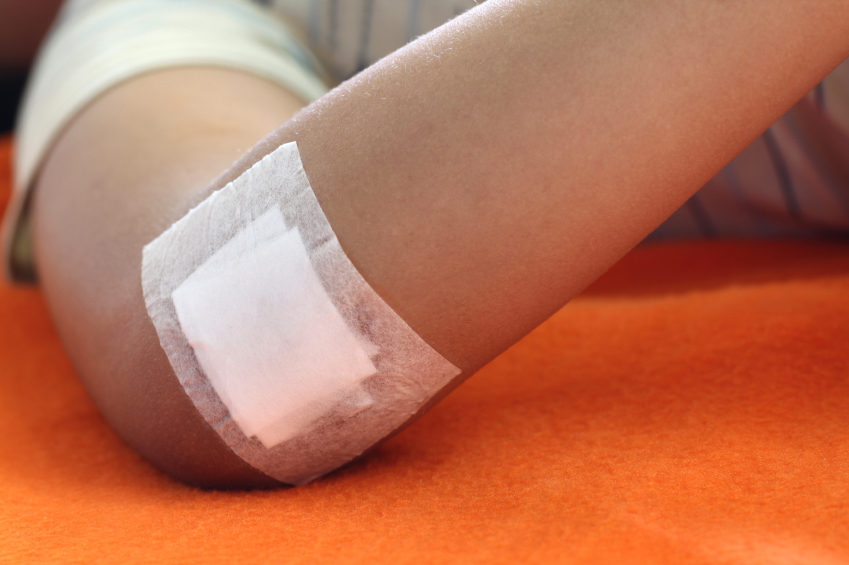Christmas Eve is here, and the mince pies and presents of Christmas Day are fast approaching! Whether you're celebrating Christmas yourself or not, we're sure that your delighted to have a break from work, and a chance to recharge your batteries and recoil your springs.
We've had a fantastic year here at European Springs, and we'd like to extend a massive thank you to all everybody that helped make it happen. We're very grateful to each and every one of our customers, and we hope that you had a 2015 that was truly special and memorable for all the right reasons.
Looking Forward to Things to Come
Of course, this festive season is also a good time to look forward to the year ahead, and we can't wait to spring back into action in 2016, helping more of you to find the springs, stampings and pressings that help your engineering dreams to become reality.
And whether it's a slinky in your stocking or a spring-powered car under the tree, there's a good chance that springs might play an important part in your Christmas in fact, we can't help but think that even Santa's sleigh might rely on a spring or two to keep it going as it soars through the air tonight.
Enjoy Your Festive Break!
All that's left for us to say is that everybody here at European Springs wishes you a very merry Christmas and a Happy New Year, and we hope that all of you have an incredible time over the holiday period – and if you overindulge a little on the turkey then don't worry, we won't tell!
If you can't stop thinking about your company's plans for the year to come then don't forget that we will be more than happy to act as your spring manufacturers in the New Year, helping you to manufacture your products and start 2016 as it means to go on.
To get in touch with the team and discuss your project you can get in touch with us at your convenience, online or at 0208 663 1800. We're also on Facebook and Twitter, so please connect with us if you want industry insights, company news and plenty of updates.
European Springs





